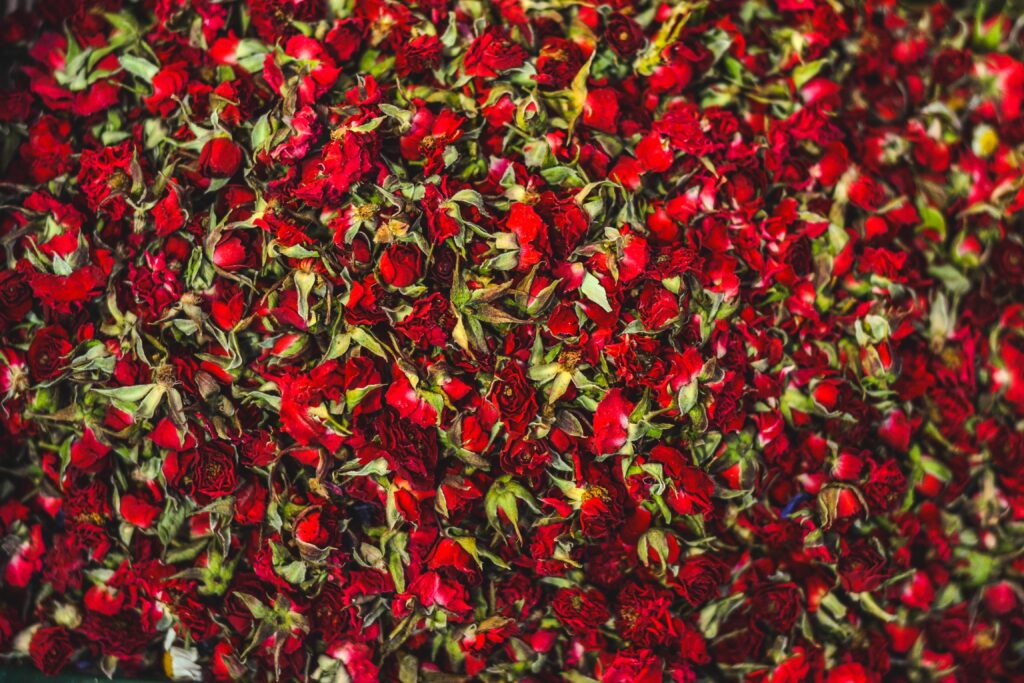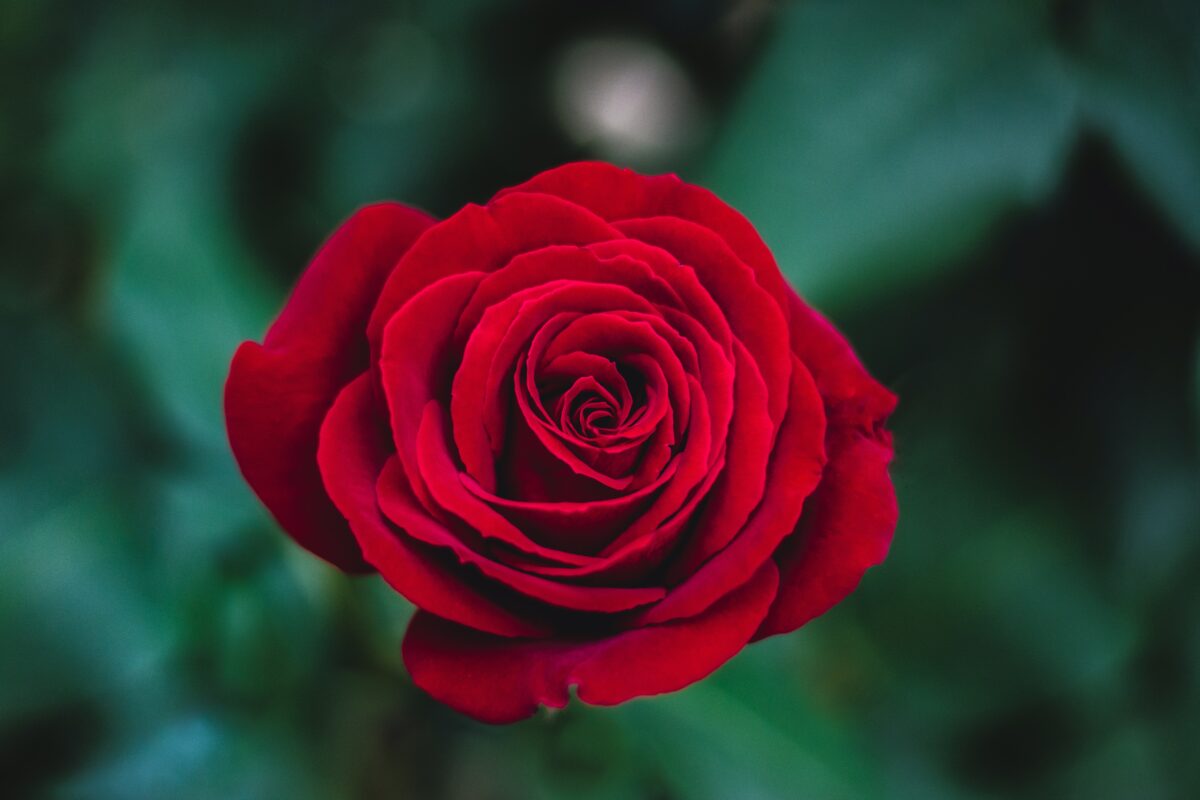The most popular plant in the Rosaceae (Rose Family) is the rose.
A Red Rose is a universal symbol of love. Rose oil and rose water were prized as aphrodisiacs for centuries and across many cultures (Greek, Roman, Arabic, Chinese). (Bartram, 1889; Wood, 2008).
Alexandrian author Achilles Tautus wrote about the rose in 2 BC “It is the ornament of the earth, the pride of the plant realm, the crown of flowers, the image of beauty. It is full-blown love in service to Aphrodite, resplendent with fragrant petals, swaying on its supple stem, rejoicing at the cheery zephyr”.
It was believed that the wild rose (Rosa canina) flowered where the tears of Aphrodite fell as she cried for Adonis.

In modern western herbalism we mainly use rose as a nervine, relaxant, mood uplifter and mild sedative. Rose water (distilled from petals) was first prepared by Avicenna in the 10th century and is still widely used to sooth and tone the skin. Rose oil contains geraniol, which has a strong antiseptic activity (Hoffman, 2003). It also contains tannins, which have astringent properties. This makes rose a good remedy of choice to treat sore eyes, mouth ulcers and diarrhoea, especially in children. (Barker, 2001). Rose also has an anti-inflammatory action and is a good choice of treatment in acute inflammatory conditions of the respiratory tract, especially for drying out mucus secretions (Wood, 2008). According to Mathew Wood (The Earthwise Herbal, 2008) Rosacea family plants are well indicated in autoimmune conditions. A randomised controlled clinical trial, where patients suffering from rheumatoid arthritis were given 5g of dried rose hip powder for 6 months were compared to a placebo group, showed slight improvement in the rose hip group (Willich et al., 2009)
Photo credits: Ivan Jevtic and Oziel Gomez on Unsplash

